Jobs That Have Disappeared From American Life

If you’re in the market for a job, the news is pretty promising: Workers are in astronomical demand, and wages are rising in an effort to attract — and keep — talent. It hasn’t always been this way. For many years, Americans had to take what they could get, no matter how low-paying, mind-numbing, or dangerous the work. Thankfully, many of those jobs are largely gone today, lost to progress.
Related: This Was the Minimum Wage the Year You Were Born
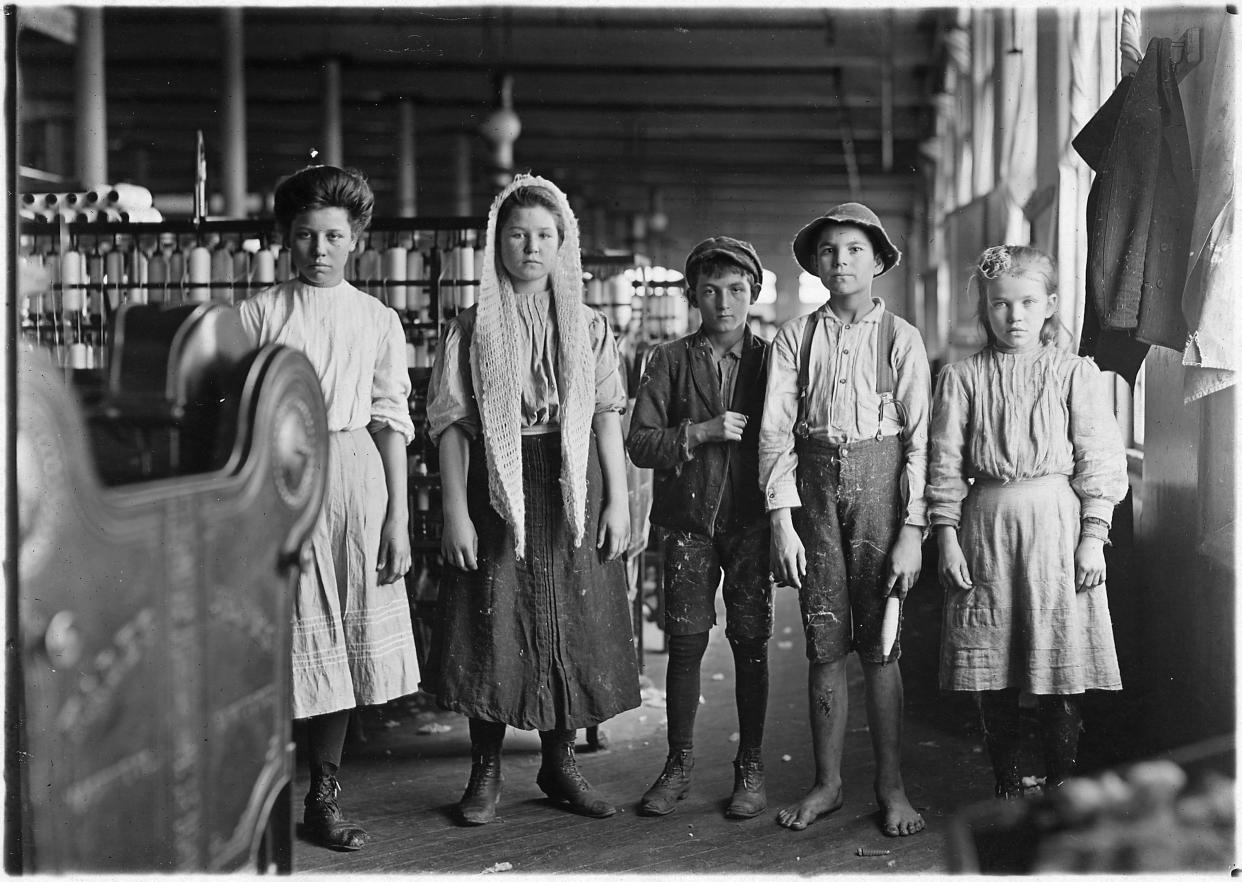
The textile factories of early America weren’t exactly packed with desirable jobs, and became notorious for child labor. One of the most prominent examples: doffers, who were tasked with changing out bobbins full of spun fabric as quickly as possible. The position often went to boys because they were nimble enough to climb up onto the machines and accepted the low wages, often just a few dimes a day. Similarly, girls were often employed as spinners who watched spinning bobbins for broken threads. Child labor laws ended these practices in the 20th century, and machines took over shortly after.
Related: Jobs That Will Soon Be Lost to Automation

Despite the whimsical name, gandy dancers had a particularly grueling job: They laid and maintained railroad tracks. Also known as section hands, they performed seemingly endless physical labor for very low pay, making sure rails were perfectly aligned. The job largely disappeared by the 1960s, when machines took over the back-breaking task.
Related: Undervalued Jobs We Appreciate Now More Than Ever
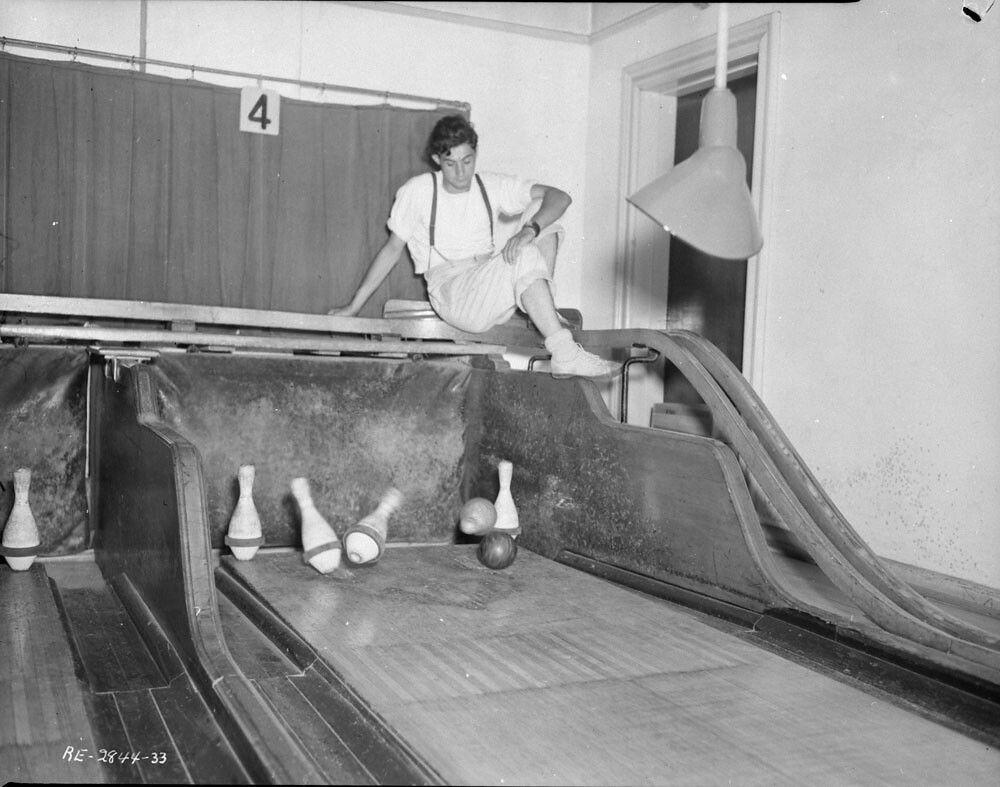
Bowling has been around for awhile, but those automatic pinsetters at the end of the lane? They’ve only been there since the 1950s. Before that, the mind-numbing job of resetting pins typically fell to young boys, “usually rowdy street kids picked up from the roughest parts of town, working for the barest of wages, and not known for their integrity or high work ethic,” according to bowling historian Kevin Hong. Some enterprising pinboys could even be bribed by bowlers into setting pins to benefit them.
Related: 23 Cool and Classic Bowling Alleys Across America
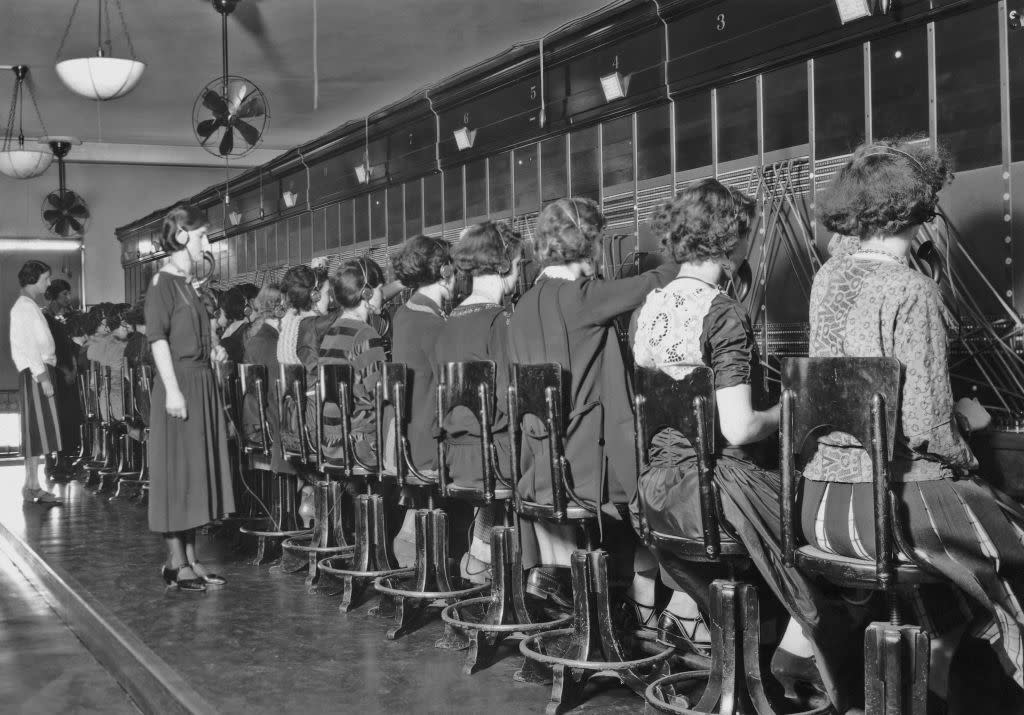
Yes, there’s a certain nostalgia about picking up the phone and hearing from a real human who would direct your call. But all wasn’t rosy for the largely female telephone operators who toiled at massive switchboards in the late 19th century and the first half of the 20th century. Often, their working spaces were so cramped that many were rejected simply because they fell outside a certain height or weight range. They were expected to sit ramrod straight, and they were subject to rigid rules on what they could say and even how they could say it. And they were, of course, underpaid compared with men.
Related: Warning Signs a Job Isn’t as Good as It Sounds

In 19th century America and Europe, doctors often used bloodletting — yes, by way of leeches — to treat a host of ailments, thinking the slimy creatures could reduce inflammation and cure disease. Naturally, that meant there was money in rounding up leeches, and leech collectors often used their own legs (shudder) to attract them. Accordingly, blood loss and illness were common, according to Ripley’s. Thankfully, science went on to disprove the usefulness of leeches in most cases (though some are now farmed for very specific medical needs).
Related: 20 Utterly Disgusting Things That Are Surprisingly Useful
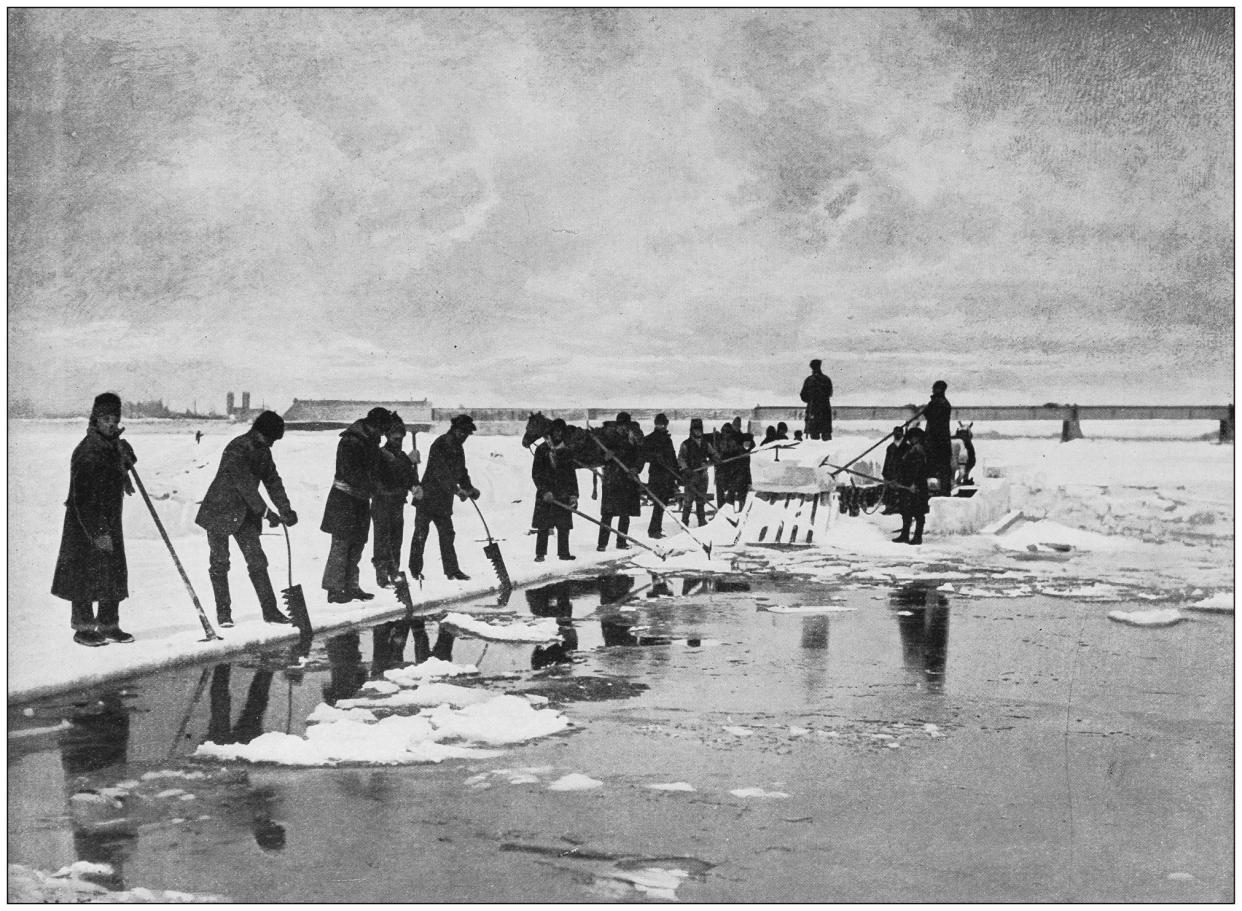
Keeping food fresh used to be a much more physical endeavor. In the winter, ice cutters would take to frozen rivers and lakes, first with breaker bars and massive hand saws, later with engine-powered blades. Around the clock, they cut massive blocks of ice to be stored away in icehouses until households needed it or shipped sometimes surprisingly far distances. By the 1950s, however, ice cutters were largely out of a job thanks to the rise of mechanical refrigeration.

You don’t have to be all that old to remember someone showing up at the door with a dubious pitch for a shiny new set of encyclopedias, a status symbol that was simply a must for any respectable household. Unfortunately, these 20th century peddlers became well known for their shady sales tactics, and we’re betting few people have shed a tear now that the digitization of reference books has rendered their job obsolete.
Related: Things You Never Thought Would be Obsolete
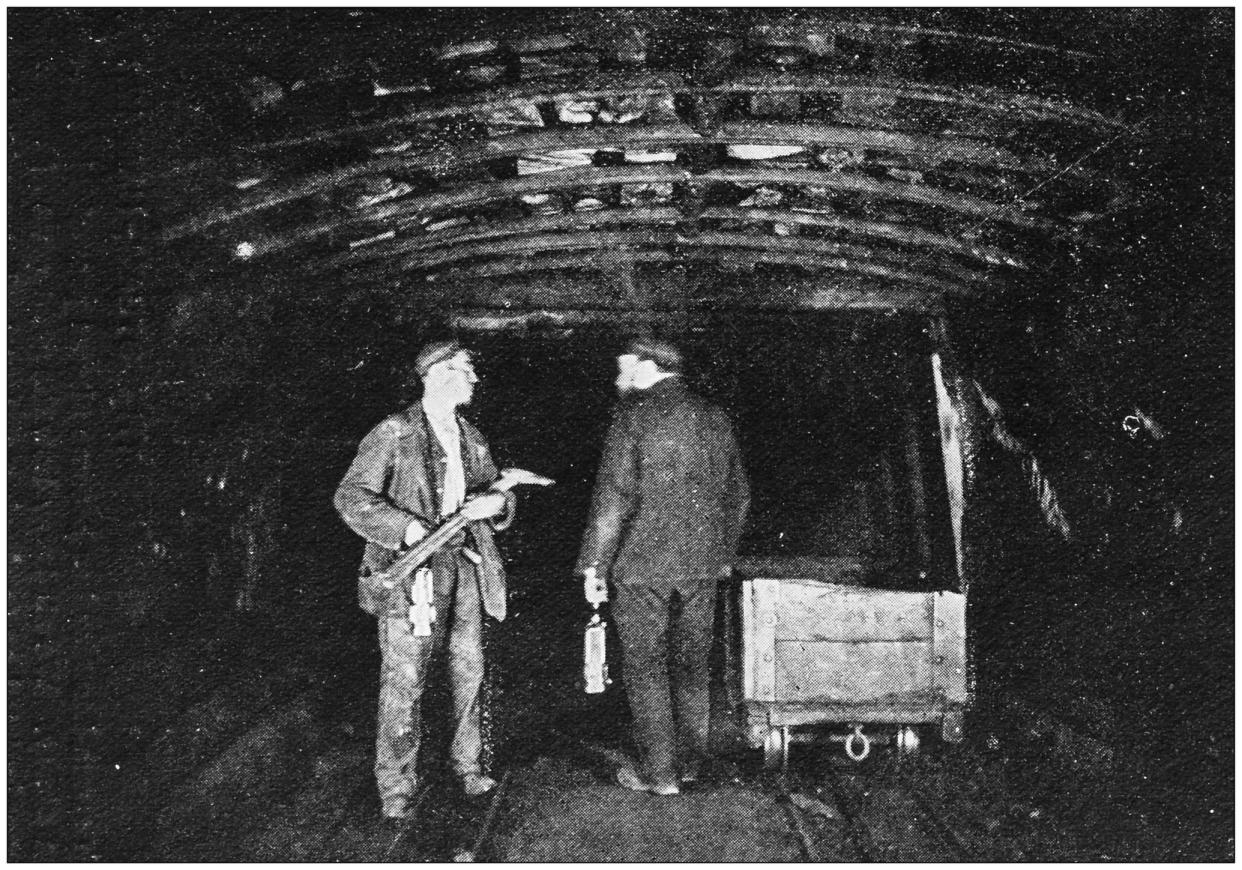
There’s no denying that coal kept the lights on in America for many years, but aside from the oft-raised environmental concerns, that also came at a great human cost. In the 1800s and early 1900s, breaker boys — children who could be as young as 5 or 6 — were tasked with breaking down coal and removing impurities, a job that made them pennies a day and often cost them the chance to go to school, not to mention fingers often amputated by conveyor belts. Child labor laws extinguished the practice after the turn of the century.
Related: Towns Devastated by Losing a Single Company

Imagine being tasked with figuring out how much power would lift a bomber plane into the air, or launch a spacecraft into orbit. No pressure, right? So-called computers spent their days filling page after page with complex calculations. The work often went to women, as it was thought of as a "dull, low-status activity" no man would want, Smithsonian Magazine says. Of course, many of these women went on to make significant contributions to aeronautics, but the profession was largely supplanted by computers of the nonhuman variety by the 1970s.
Related: The Greatest American Inventions of the Past 50 Years
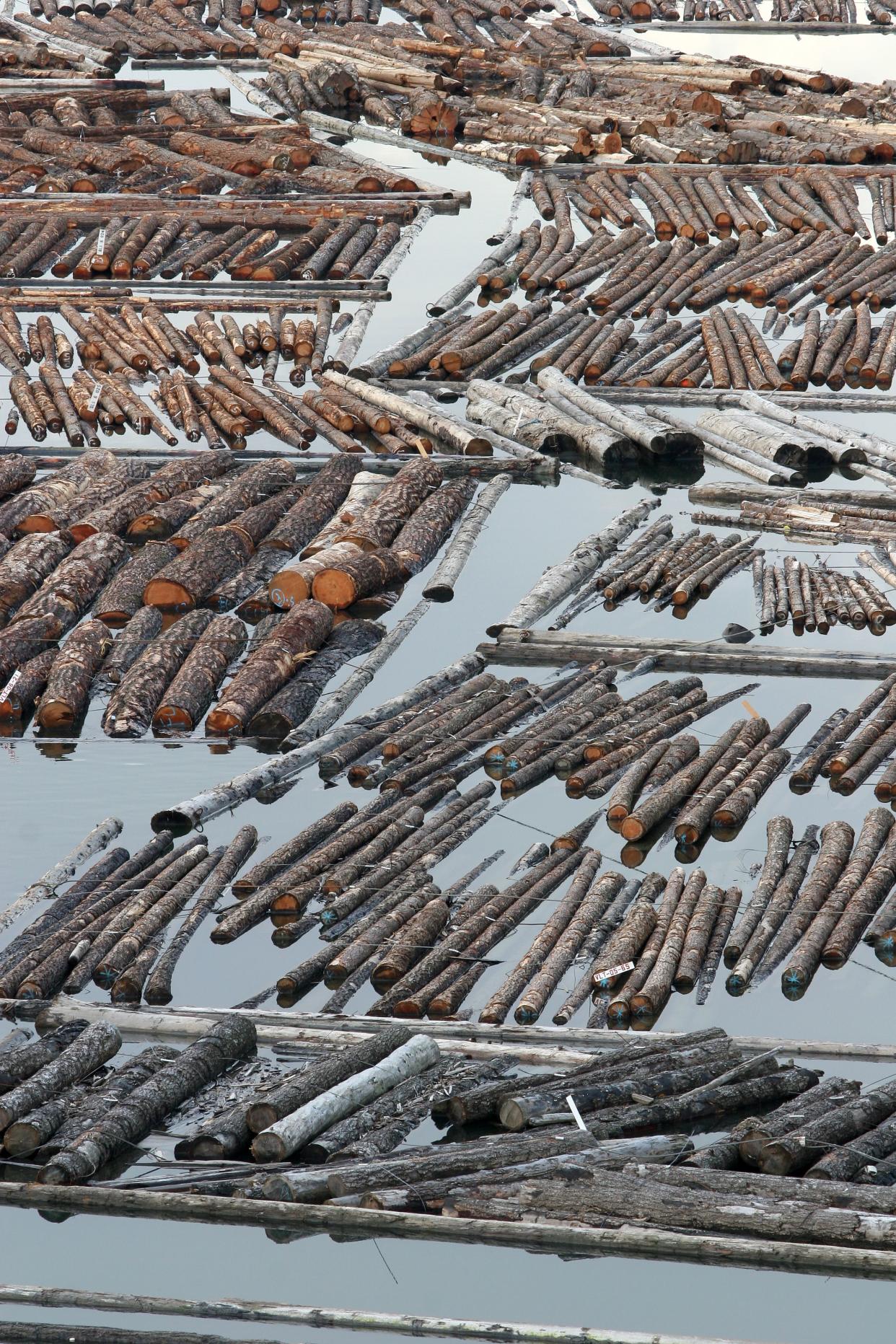
Long before massive logging trucks were around to transport logs to sawmills, log drivers had the task of floating massive logs down river. One of the most laborious, dangerous parts of the job: Keeping logs from getting stuck and forming a literal logjam that could raise water levels and block a crucial route for days or weeks. The task sometimes involved dynamite and death, and log driving faded away as the 20th century drew on thanks to trains, trucks, and new environmental laws.
Related: Charming Cabins for Sale in Every State
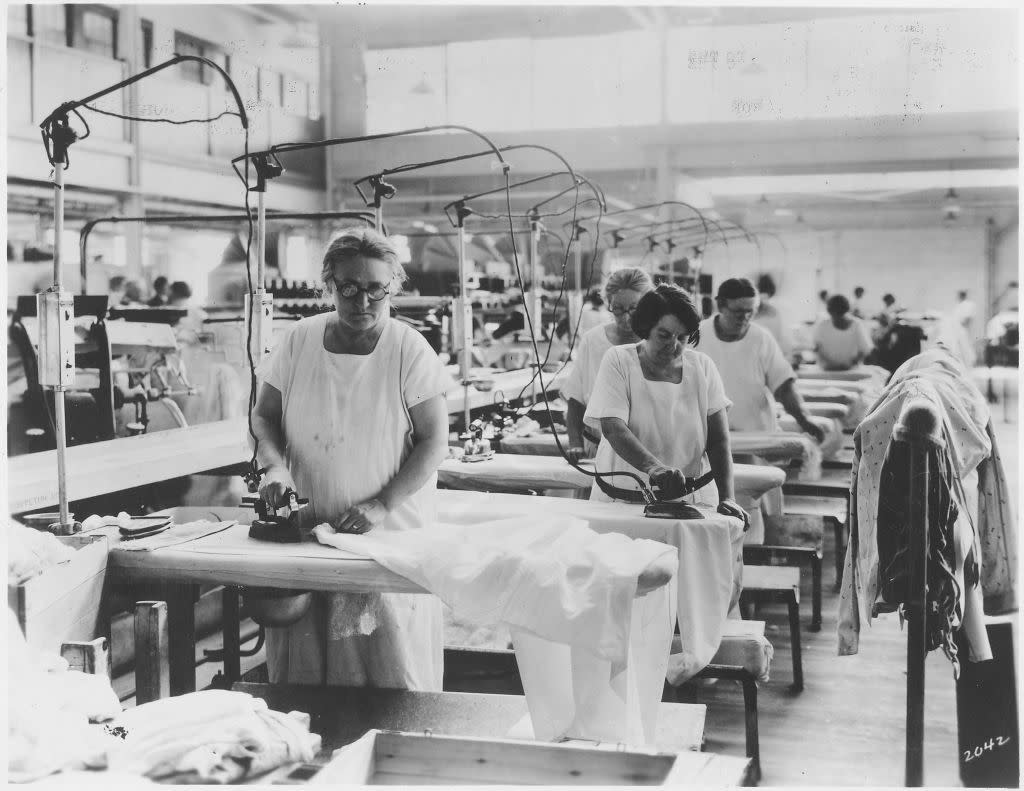
Before washers and dryers, doing laundry was even more of a chore — one that, unsurprisingly, many families were eager to outsource. So washerwomen made their living scrubbing others’ clothing, often with homemade soap, as well as by lugging gallons of water and using heavy irons to press garments. According to the AFL-CIO, the job was particularly common in the South and often filled by Black women who might make as little as $4 a month.
Related: Are You Making These Laundry Mistakes?
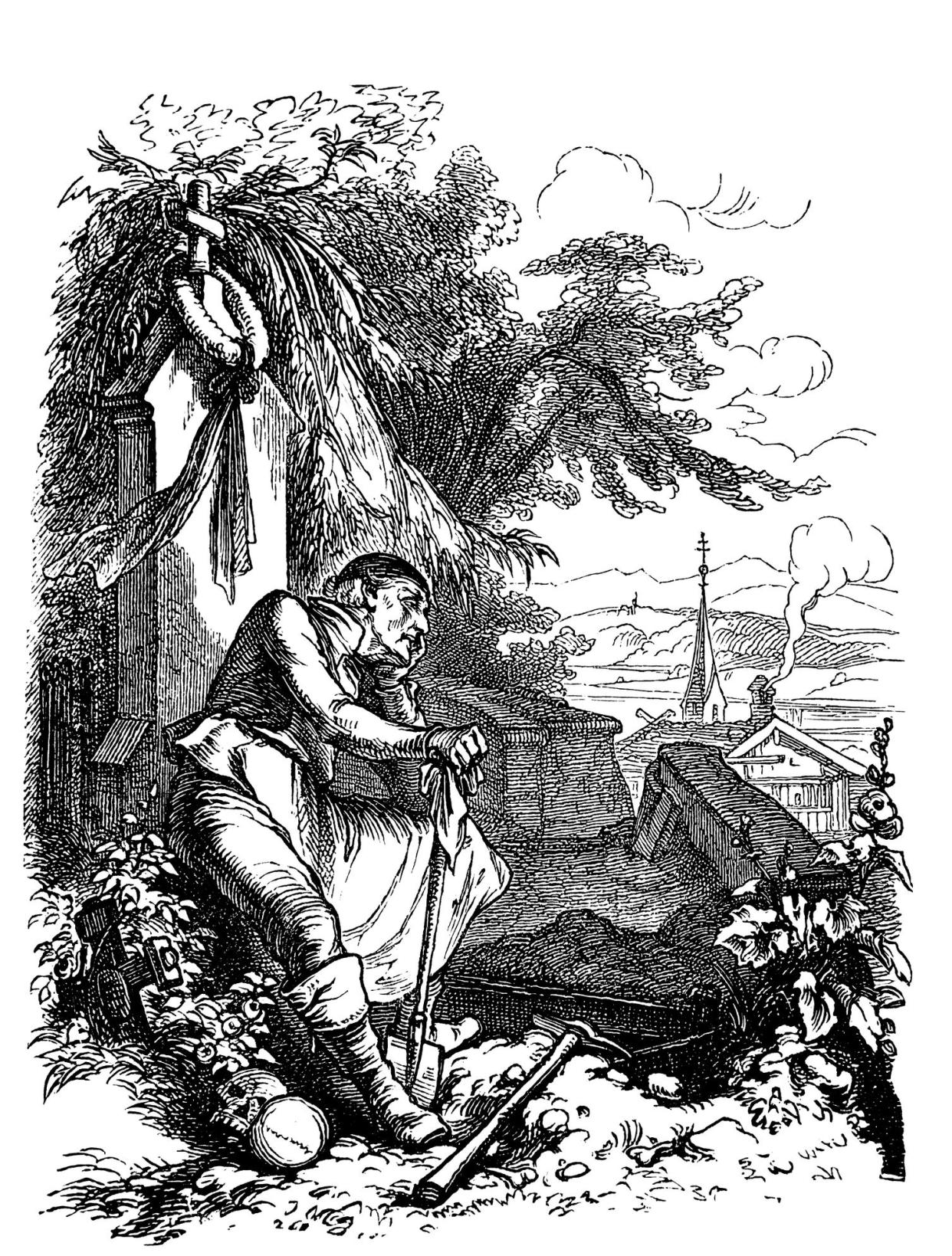
Also known as resurrectionists or grave robbers, body snatchers made their living in the most gruesome of ways: by stealing bodies from freshly dug graves. Though the job was, of course, a crime, it was one that was commissioned by research-hungry medical schools throughout the 1800s. The practice particularly flourished in Baltimore and finally tapered off around 1900, when more lawful ways to distribute unclaimed corpses were codified.
Related: 25 Strangest American Conspiracy Theories

Unlike many of the folks on this list, aircraft listeners didn’t have a particularly physical job. But that doesn’t mean it wasn’t hard — and potentially massively boring. Before radar could spot and track enemy planes, aircraft listeners had to stand at massive “war tubas” (so nicknamed because the contraptions looked like overgrown musical instruments) and listen for signs of approaching aircraft. Because the devices could detect planes only within a few miles, they weren’t very effective.
Related: 30 Famous UFO Incidents Throughout History

Prohibition ushered in the era of the bootlegger, which itself is a job that has mostly (though not entirely) disappeared. But it was rum runners who often got alcohol into bootleggers’ hands, especially for customers with more discerning tastes who demanded imported liquor. In the Caribbean and even the Great Lakes, rum runners flourished, transferring banned booze to smaller, speedier boats that would bring it ashore. The practice didn’t die out until the Coast Guard itself got faster boats in the latter half of the ’20s.
Related: From Bootleggers to Checkered Flags: The History of NASCAR
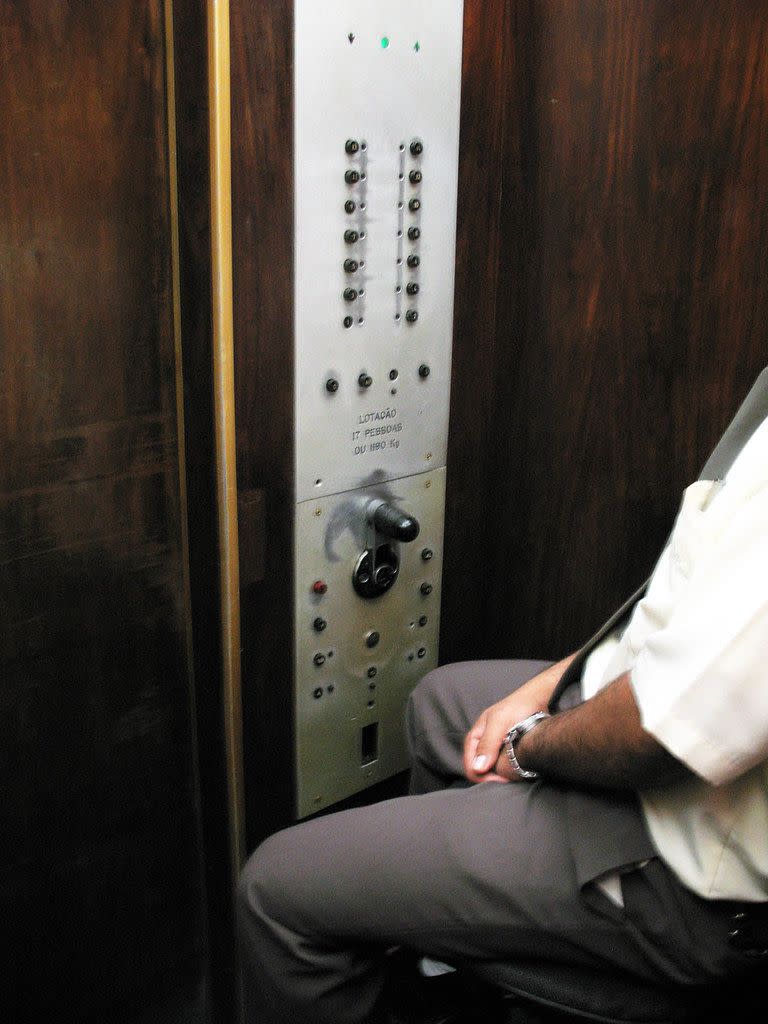
As buildings rose taller and taller around the turn of the century, elevators understandably became a more common sight — but back then, zooming up or down a few floors took a lot more than the mere press of a button. Elevator operators were on hand to wrench open and close the heavy manual doors, make sure cars were traveling in the proper direction and right speed, and field passengers’ queries about which businesses were on which floors. They also had to learn how to align the floor of the car with the floor of the building perfectly during each stop, something that took a surprising amount of skill. Automated elevators largely rendered the job extinct by the ’70s.
Related: America's 31 Tallest Buildings
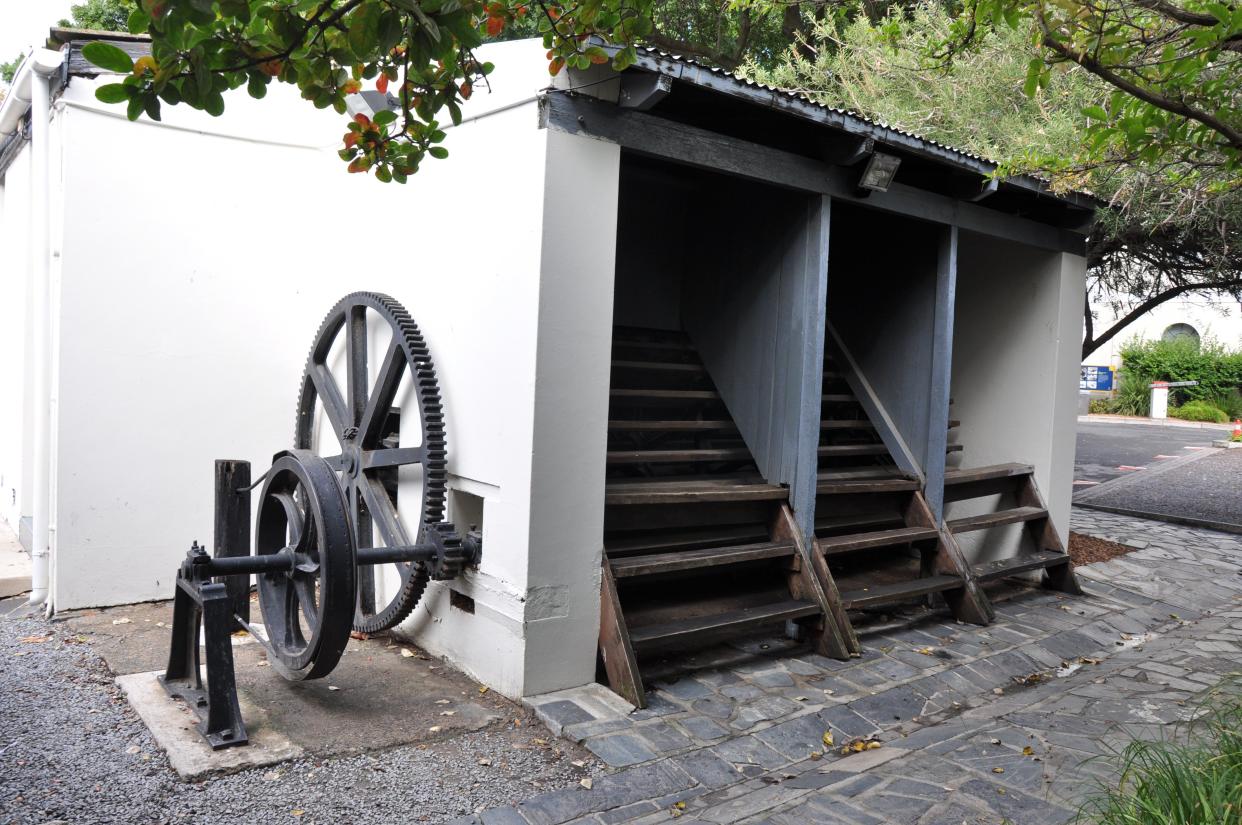
The next time you declare your latest indoor run “torture,” consider that time spent on the treadmill was indeed just that for some of America’s early prisoners, as well as enslaved African Americans. This brutal forced labor was a creative form of atonement imported from Britain, where it was much more common for prisoners to labor on a giant partitioned treadmill for hours on end, grinding corn or pumping water. By the mid-1800s, the practice was replaced with more industrious, factory-like jobs for prisoners.
Related: The 25 Most Terrifying Places in America

Though this job seems to have trickled out of Colonial legend, there were indeed gainfully employed town criers in early America. In some spots, the position even hung on into the 20th century. And while the thought of hearing someone literally shout the important news of the day does have a certain charm, town criers weren’t always beloved — and were even subject to attack when they delivered bad news.
Related: The 40 Best Places in America to Travel Back in Time
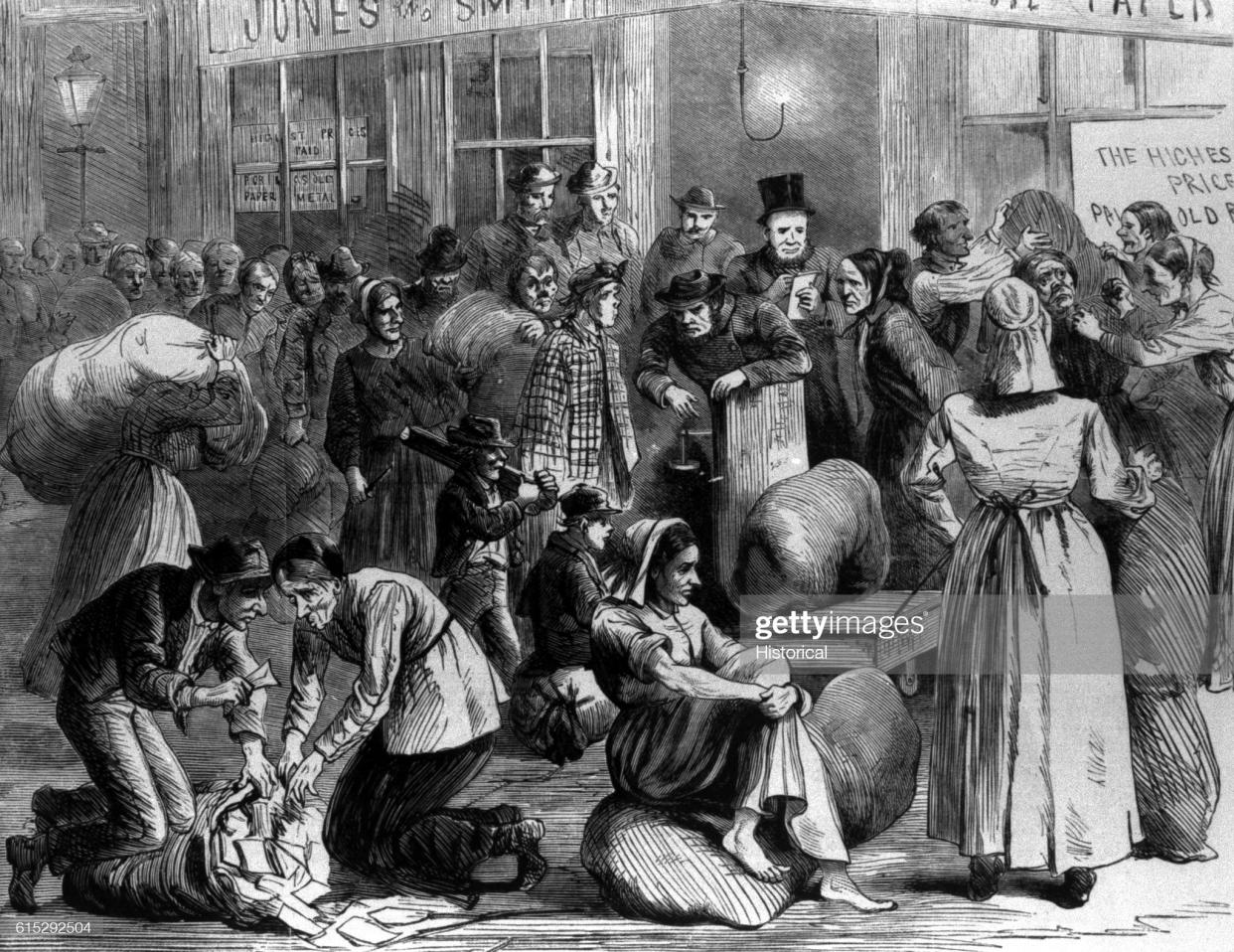
While not quite as noted as their British brethren, who were known as rag and bone men, American rag pickers made a very hardscrabble living picking through others’ trash, salvaging whatever scraps they could resell — glass, torn clothing, even bones. The disease-prone practice particularly flourished in big cities such as New York (and undoubtedly continues to today, on a smaller scale) and was disproportionately taken up by desperate Italian immigrants.
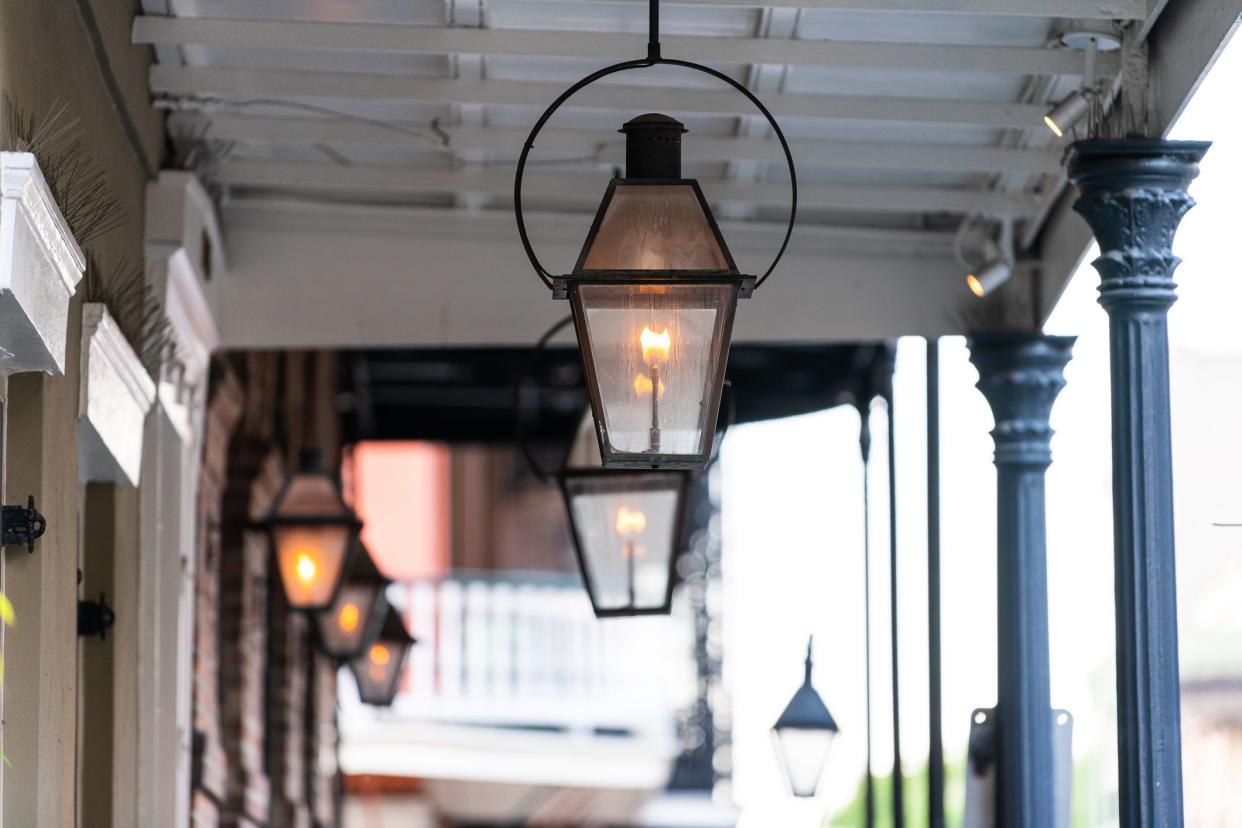
Here’s another long-gone job that wasn’t so much as grueling as it was monotonous. For just a couple bucks a day, lamplighters would walk the streets at dusk and dawn, lighting and extinguishing dozens of gas-powered streetlights on a set route. They were also charged with cleaning lamps, which requires more effort. Lamplighters were a familiar sight in the 19th century, but the 20th century brought electricity, automation, and the inevitable extinction of the profession.
Related: 50 Facts You Learned in School That Are Actually Lies
